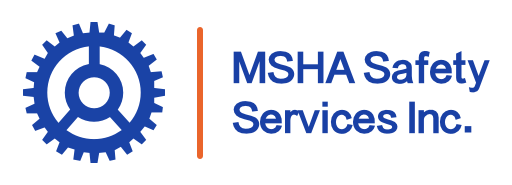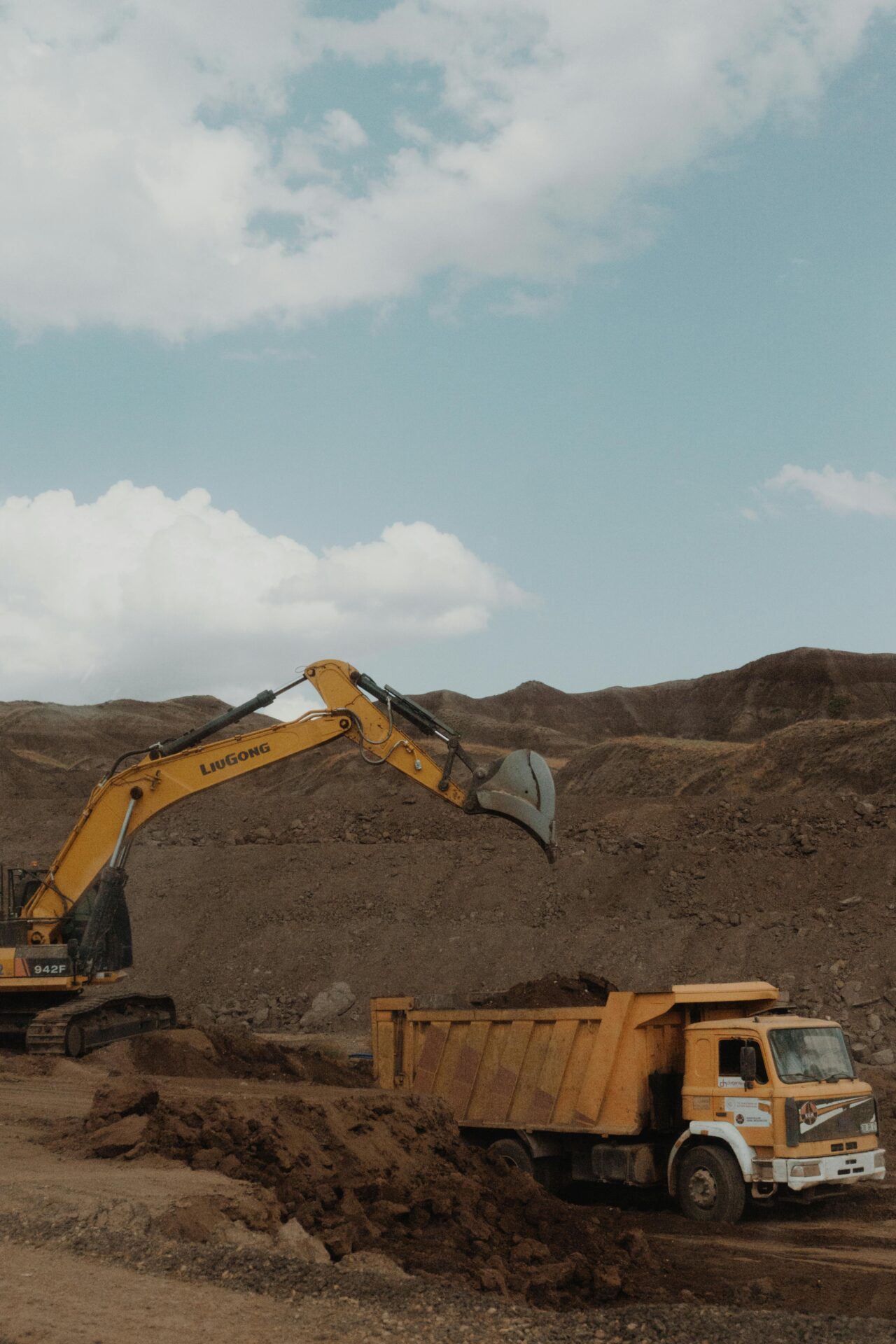In the mining industry, MSHA safety audits play a vital role in protecting workers and ensuring companies remain compliant with regulations. These audits serve not only as a regulatory requirement but also as a proactive approach to safeguarding employees and improving mining operations. This article explores the purpose, benefits, and processes associated with MSHA safety audits, shedding light on their essential value for every mining operation.
What is the Purpose of MSHA Safety Audits?
The primary purpose of an MSHA safety audit is to ensure mining operations adhere to established safety standards and regulations. These audits identify potential hazards, assess compliance levels, and provide recommendations to improve workplace safety. By proactively addressing issues, companies can foster a safer work environment, reduce risks, and avoid penalties associated with non-compliance.
How Do MSHA Safety Audits Improve Worker Safety?
MSHA safety audits prioritize the well-being of miners by thoroughly examining site conditions and identifying potential hazards. This scrutiny not only addresses immediate dangers but also helps establish long-term safety protocols. By ensuring that machinery, equipment, and procedures are up to standard, these audits contribute to a reduced rate of accidents and a healthier, safer workplace for all.
How Do MSHA Audits Impact Regulatory Compliance?
Regulatory compliance is a cornerstone of mining safety. MSHA audits ensure that companies adhere to federal and state safety requirements. Compliance with MSHA regulations helps companies avoid fines, reduce liability, and demonstrate a commitment to worker safety. These audits provide an opportunity to identify and address any areas where compliance may be lacking before issues escalate.
What are the Financial Benefits of Conducting MSHA Safety Audits?
While safety is the primary focus, MSHA audits can also offer significant financial benefits. By identifying and mitigating potential risks, companies can avoid costly fines, reduce injury-related expenses, and minimize downtime. Additionally, a strong safety record enhances a company’s reputation, making it more appealing to investors and stakeholders. The return on investment (ROI) from regular MSHA safety audits can be substantial when factoring in these long-term savings.
How Can MSHA Audits Enhance Operational Efficiency?
Operational efficiency in mining often goes hand-in-hand with safety. MSHA safety audits help to identify inefficient practices and recommend improvements, leading to smoother operations and reduced interruptions. By focusing on both compliance and best practices, audits encourage companies to streamline processes, minimize equipment malfunctions, and ensure that all personnel follow optimized safety protocols.
What Are The Long-Term Benefits Of Regular MSHA Safety Audits?
Consistent and regular MSHA safety audits foster a culture of continuous improvement within the organization. By regularly identifying and addressing safety concerns, companies create a resilient framework for managing risks, improving performance, and fostering a proactive safety culture. Over time, this approach leads to lower accident rates, better employee morale, and sustained regulatory compliance.
How Often Should MSHA Safety Audits Be Conducted?
The frequency of MSHA safety audits varies depending on the size and nature of the mining operation. High-risk environments may require more frequent audits to ensure safety, while smaller operations might conduct them annually or semi-annually. However, companies are encouraged to conduct internal audits regularly and supplement them with official MSHA audits as needed to stay ahead of potential issues.
What Should Be Included In An MSHA Safety Audit?
An effective MSHA safety audit covers a range of elements to ensure comprehensive safety assessment. This includes:
- Documentation review of safety protocols and training records.
- Physical inspection of equipment, machinery, and work areas.
- Employee interviews to assess safety knowledge and compliance.
- Observation of work practices to identify potential hazards. By covering these aspects, MSHA audits provide a thorough understanding of safety conditions and offer actionable insights.
What Role Do Employees Play In The MSHA Audit Process?
Employees play a crucial role in the success of MSHA safety audits. By following safety procedures and reporting hazards, employees contribute to a safer workplace. During audits, employee interviews and observations help assess compliance and identify areas for improvement. Encouraging open communication and feedback allows employees to actively participate in maintaining a safe environment.

How Can Companies Effectively Implement Recommendations From MSHA Audits?
Once MSHA audit recommendations are provided, companies should prioritize implementing these suggestions. This may include updating equipment, improving training programs, or modifying work processes. To effectively implement recommendations, companies can develop a timeline, allocate resources, and establish a follow-up process to ensure that each suggestion is addressed. Continuous follow-up and reassessment of these changes help to maintain compliance and foster a safer workplace.
The Essential Role of MSHA Safety Audits in Protecting Workers and Ensuring Compliance
In conclusion, MSHA safety audits are indispensable tools for mining companies. They promote worker safety, ensure compliance, and lead to enhanced operational efficiency. Regularly conducted, these audits create a proactive safety culture that benefits everyone involved. Embracing the audit process not only keeps companies compliant but also reinforces their commitment to protecting their most valuable asset—their workforce.

